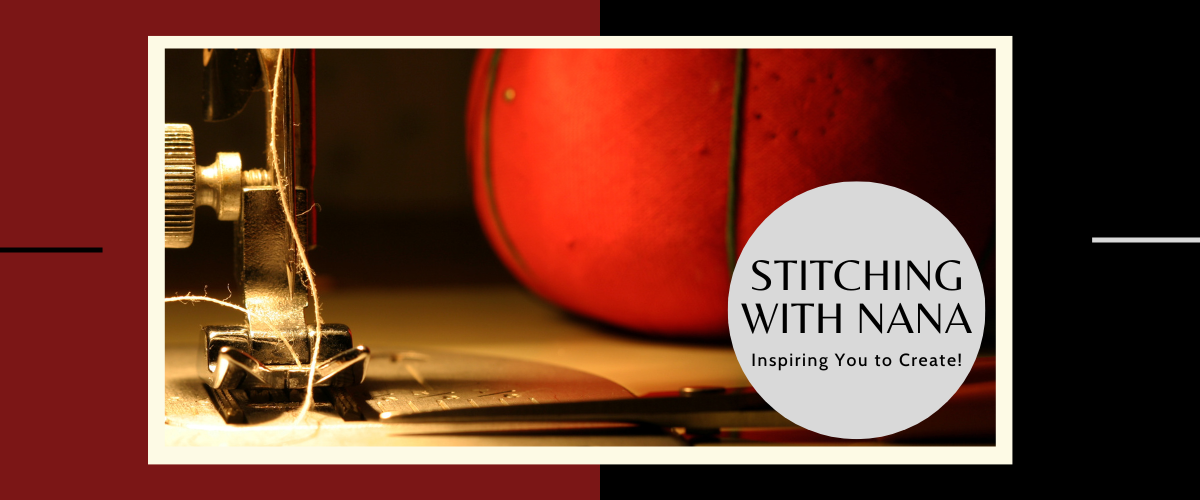6 ESSENTIAL INSIGHTS USING YOUR MANUAL

Your sewing machine manual is your bible. It will be an essential tool during your sewing journey so keep it where you will be able to find it and access it easily. Take a few minutes to familiarize yourself with your machine manual so that you can learn the proper way to set up your machine, maintain your machine, and learn about additional tools needed.
Among other things your manual will show you how to set up your machine, do general maintenance, learn how to use the functions on your machine and operate the control panel buttons, as well as getting started with your stitching.
Let’s dive into each one of these areas.
SETTING UP YOUR MACHINE
Your machine manual is going to show you how to set up your machine right out of the box. If you purchased your machine used or from a friend or family member you may be a little ahead of the game. Your machine may already be ready to use, but for those who are just getting started, you will need to know how to connect your electrical cord and foot pedal, insert the needle, change your presser foot, use the extension table (if applicable), and opening the accessory case to access other tools needed.
You may feel this is easy but some it is very intimidating.
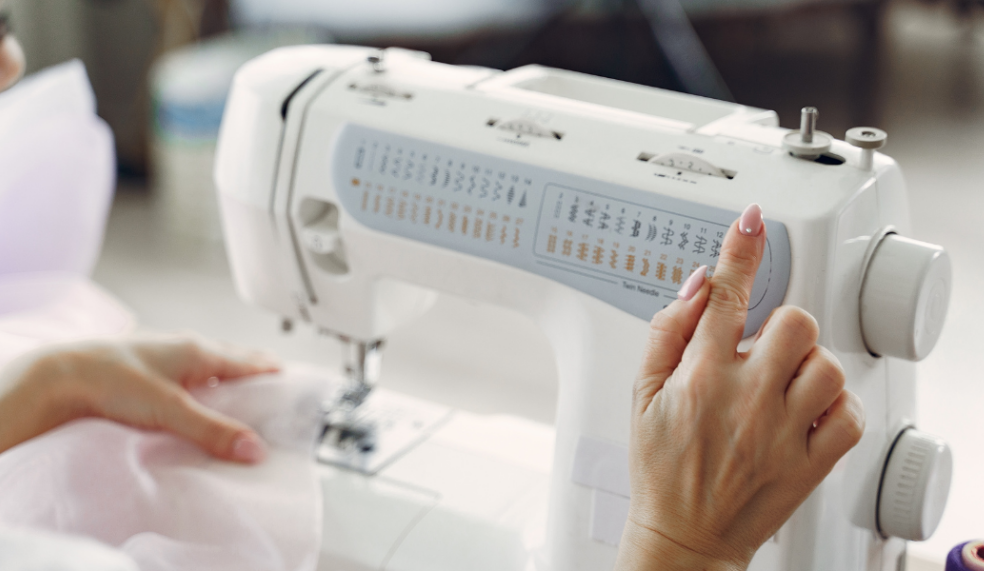
GENERAL MAINTENANCE
Look to your manual to find out how to clean your machine or general maintenance. Some machines have hidden areas that collect lint and there is a specific way to get to those areas. The manual tells you how and where to go to clean. My machine collects a lot of lint and must be cleaned often.
Some machines need to be oiled at specific intervals. The manual shows you where to put the oil and what kind you need. Most machines come with a small starter bottle of oil.
My Singer Quantum doesn’t need oiling, my manual told me that!
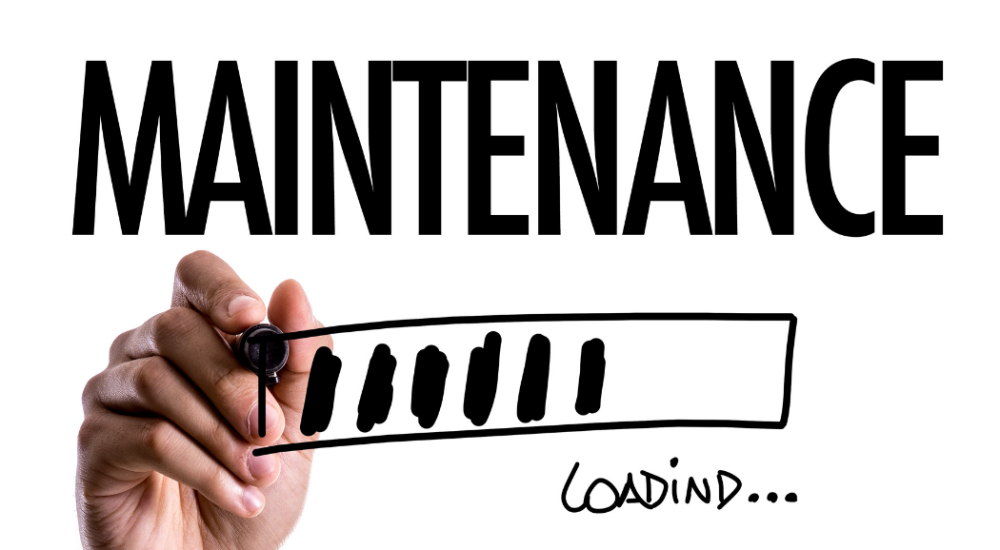
FUNCTIONALITY
The manual is going to show you how to literally operate your machine. For a beginner this is golden.
Learning the functions of the start/stop button, reverse stitching, presser foot lifting, and hand wheel operations are crucial while sewing.
Your machine may also have other functions such as a needle up or down option, speed control, thread cutter, drop feed lever, or tacking. The manual will identify the buttons and show you how to use them.
CONTROL PANEL
You may have a machine that has a lot of specific buttons that you may have no idea what they are or how to use them. The manual gives you insight to the control panel.
There may be an LCD display, a pattern chart, stitch selection buttons, edit and clear buttons, or other functions that are controlled at the control panel.
The manual will help identify where each button is and how to use those functions.
When I purchased my Singer Quantum, I had no idea what some of the functions were. I had always had a pretty basic sewing machine or one that had a lot of stitches, but I was pleased to learn I had all kinds of cool gadgets on this machine, and I had to learn how to use them even though I had sewn for many years. My manual was valuable.
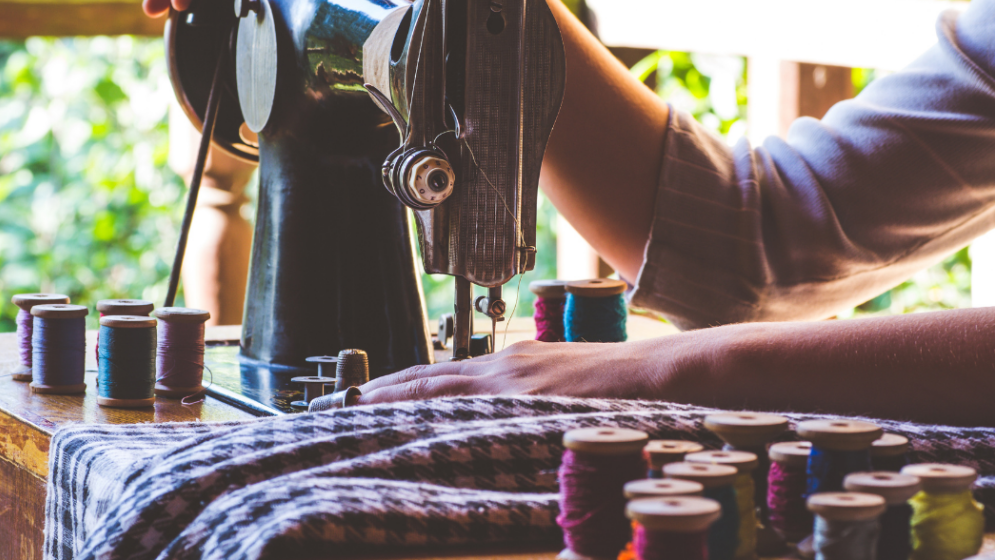
STITCHING INSIGHTS
The manual is going to show you the proper way to wind the bobbin, insert the needle into your machine, and thread the needle.
While sewing if you notice that the thread tension seems to be off, you can reference your manual and learn how to make adjustments and continue with your project.
The manual will also give you insights on the different stitches that are built into your machine, and how to choose them.
You will reference your manual on which presser foot to use for a specific project. For example, if you are working on a simple project with straight-line stitching you will need a plain presser foot, mine is “A.” I know that it is used when I’m piecing my quilts.
If you are going to put some decorative stitches around a blouse or apron you will reference the manual and/or your machine so that you know how to put a different presser foot on the machine and which one to use.
My Singer Quantum has about 80 different stitches and I’ve got probably 10 different presser feet that came with the machine. Even after many years of sewing I still need to look at my sewing machine manual occasionally to make sure I’m using the right foot for the stitch that I want to use.
This is a good habit to get into, if you don’t use the correct presser foot for your project, you will break your needle. Ask me how I know!
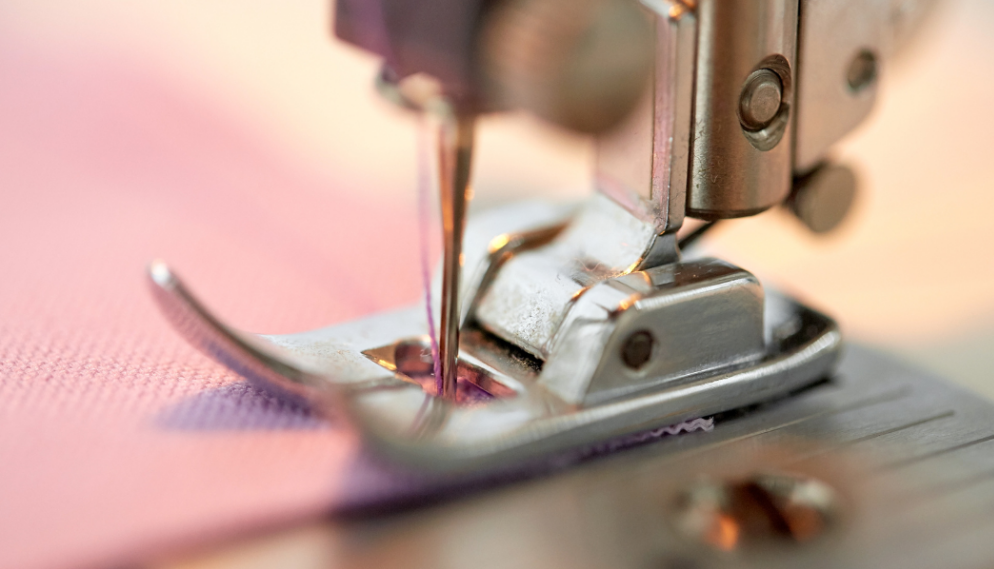
HELPFUL HINTS
Every manual comes with a troubleshooting guide or a “helpful hints” section.
My manual lists a variety of problems, what the cause of the problem could be and what is needed to correct the problem. It also gives me page numbers to reference if I need to go back and redo something such as re-thread the needle or the machine.
There are a few things that can happen while you are merrily going along and sometimes you may not be able to figure out what the problem is. Just pick up your manual and go to the helpful hints section or the troubleshooting section and correct the issue.
The sewing machine manual is golden. You will find that it can help you get started correctly, help to make your stitching journey enjoyable, and help you to correct any issues that will come up.
Keep it somewhere that you will always know where it is. There’s nothing like having an issue and needing help and not knowing where your manual is.
Put it in a safe place now.
Happy Stitching!

